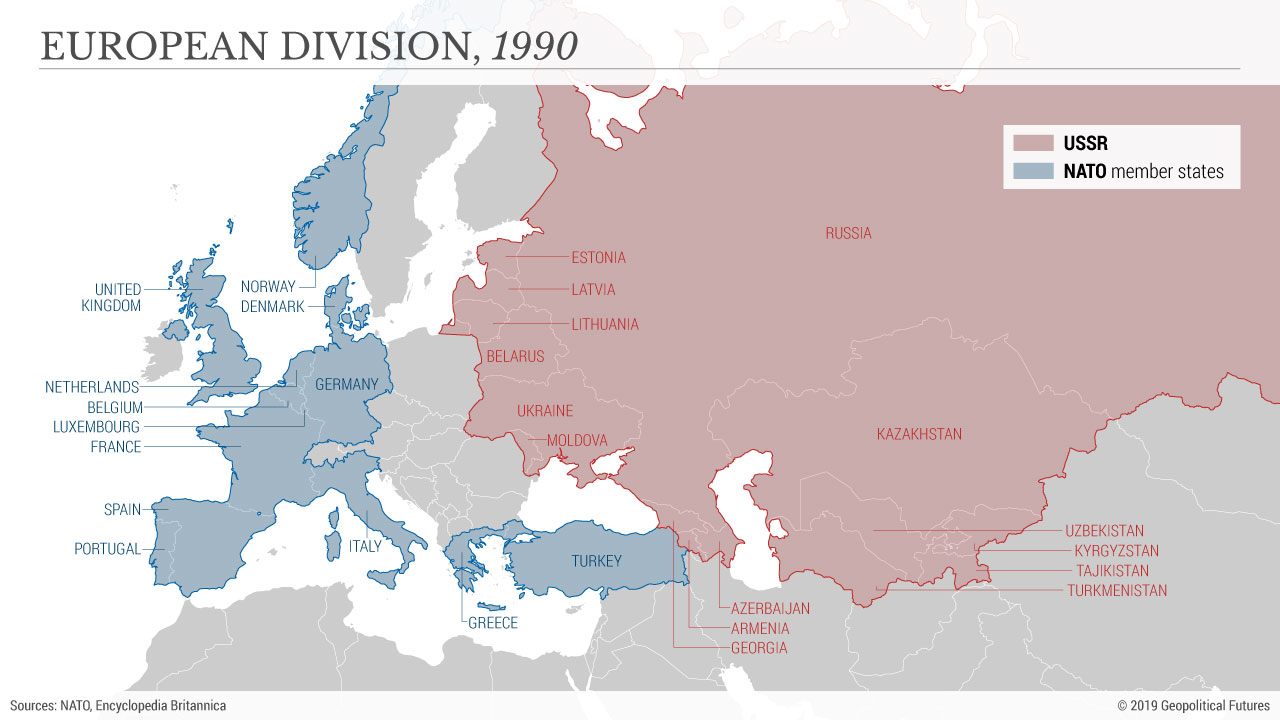falls to his lowest ever negative
rating.

- Perhaps the only good news for Boris Johnson is that his score, woeful as it is, is nowhere near as dire as that of Theresa May in the spring of 2019 – when she broke the survey’s unpopularity record, coming in at a catastophic -75 points.
- Nonetheless, this is the Prime Minister’s second consecutive month in negative ratings, his third altogether, and his lowest total of the lot. The explanation? Parties, competence, Covid restrictions, Paterson, taxes and Net Zero, not necessarily in that order.
- Nadine Dorries is down from fourth (plus 61) to mid-table sixteenth (plus 25), Michael Gove from twelfth to sixth from bottom (plus 43 to plus 16) , and Sajid Javid from eighth to twelfth (plus 54 to plus 29). All are associated with support for Covid restrictions.
- Mark Spencer stays in the red and Priti Patel inches into it: in her case, the explanation is “small boats”. Liz Truss is top again, Ben Wallace is up from second to fifth, and Anne-Marie Trevelyan and Nadhim Zahawi are scoring well. Generally, there’s a drift down.
1995: Irish Government was advised that then-journalist Boris Johnson’s views on Northern Ireland were ‘naive’
Ralph Riegel
December 28 2021
British Prime Minister Boris Johnson’s views on Northern Ireland were described as “naive” by an Irish embassy official who had gone for lunch with the then-journalist in 1995.
Details of the lunch were revealed in confidential Department of Foreign Affairs files released as part of the State Archives.
Mr Johnson – a well-known journalist in the 1990s who had worked in both Brussels and London – was described by the Irish Embassy official as being ‘Eurosceptic’, a prescient summary of the future politician who would become a standard-bearer for Brexit and getting the UK out of the EU.
Colin Wrafter was press officer at the Irish Embassy in London and had gone for lunch with Mr Johnson on April 24, 1995. Details of the journalist’s views on major Anglo-Irish and European issues were then forwarded to the Department of Foreign Affairs in Dublin on April 27.
No details of the venue for the lunch or its cost were included in the memo.
At the time of the lunch, the then 31-year-old Mr Johnson was editor of The Spectator magazine and was also working as a Daily Telegraph columnist.
“Johnson was previously Brussels Correspondent for The Daily Telegraph and was recalled to London to succeed Simon Heffer at The Spectator when the latter was made Deputy Editor at The Daily Telegraph,” Mr Wrafter wrote.
“His own politics would be Thatcherite and Eurosceptic but he has, he told me, incurred the wrath of the editor of The Daily Telegraph, Charles More, for a piece in The Spectator in February which argued that the (Northern Ireland) framework documents were deliberately pitched by the British in the nationalist direction so as to ensure that a final settlement would be much more sensitive to unionist concerns.
“He has written approvingly – if naively – of the Northern Ireland Tories in his weekly column in The Daily Telegraph. Our lunch took place before the announcement by the British government that it would commence ministerial talks with Sinn Féin.
“It says something for the standing of The Daily Telegraph that he knew what the British government would announce that afternoon and that his (press) lobby colleague, Phil Johnson, had time to travel to Belfast for Minister Ancram’s briefing at 5pm.”
Mr Wrafter advised Seán Ó hUigínn at the Department of Foreign Affairs there was one element of the luncheon that should be noted.
“Boris made one remark of which you may wish to be aware – the prime minister is determined to proceed with the peace process at a pace just a little on the right side of ‘stalling’,” Mr Wrafter wrote.
“In this he was reflecting a view widely held by political journalists in Westminster.
“While the prime minister wants history to acknowledge his role in helping to bring about peace in the North, he is determined to move cautiously in order to avoid the risk of exposing himself to Tory backbench unrest...”










